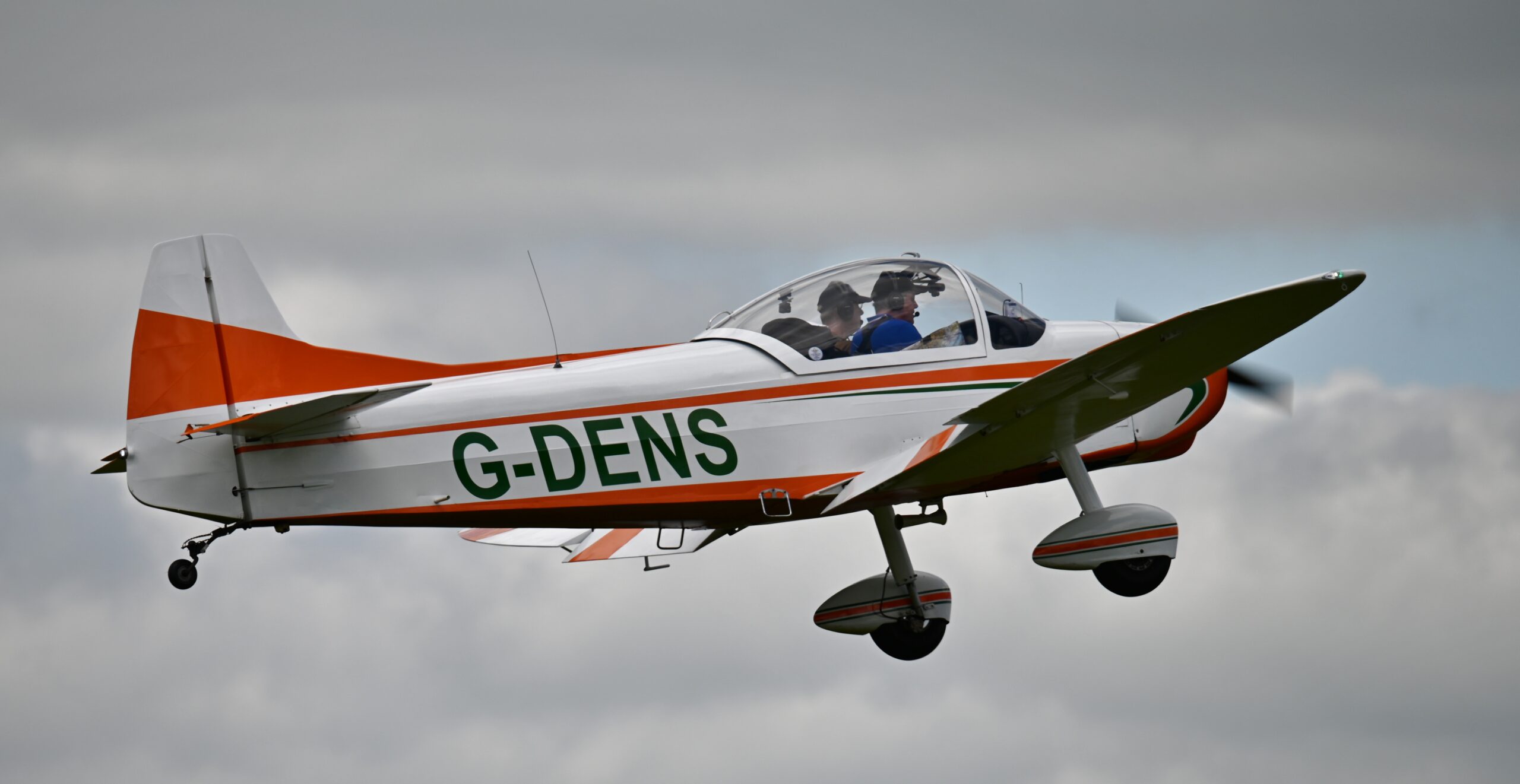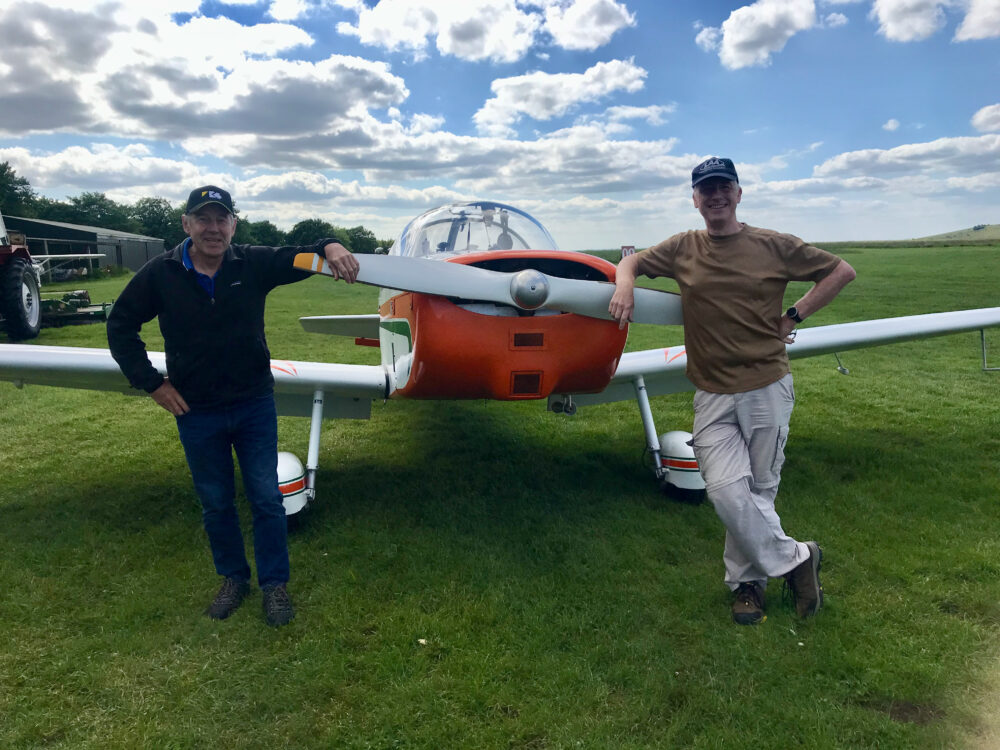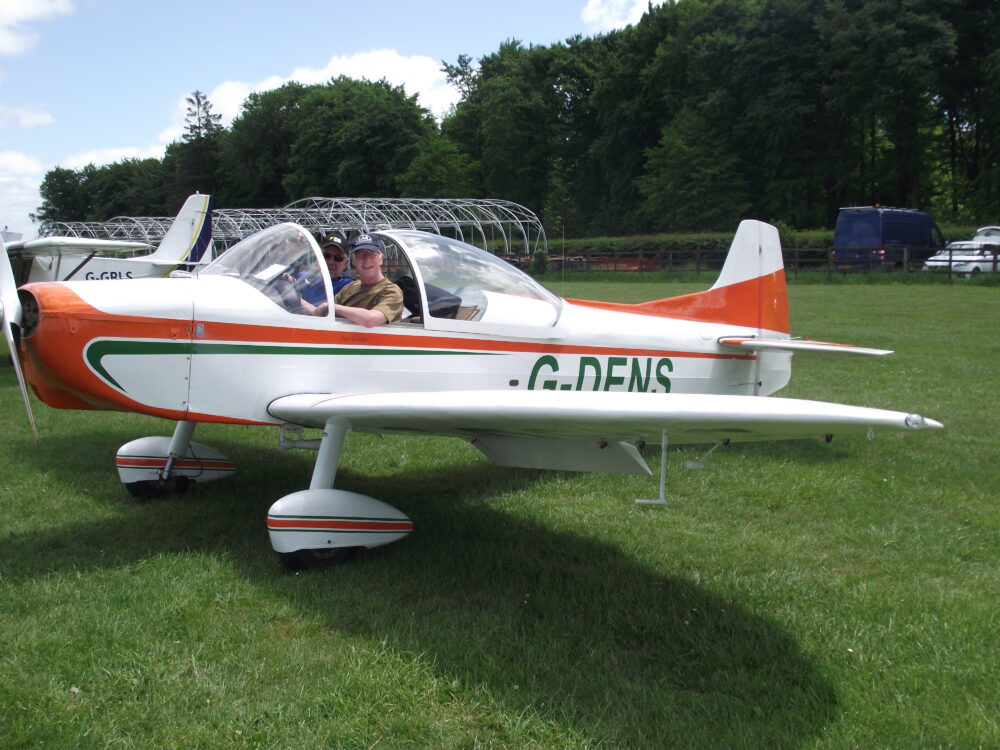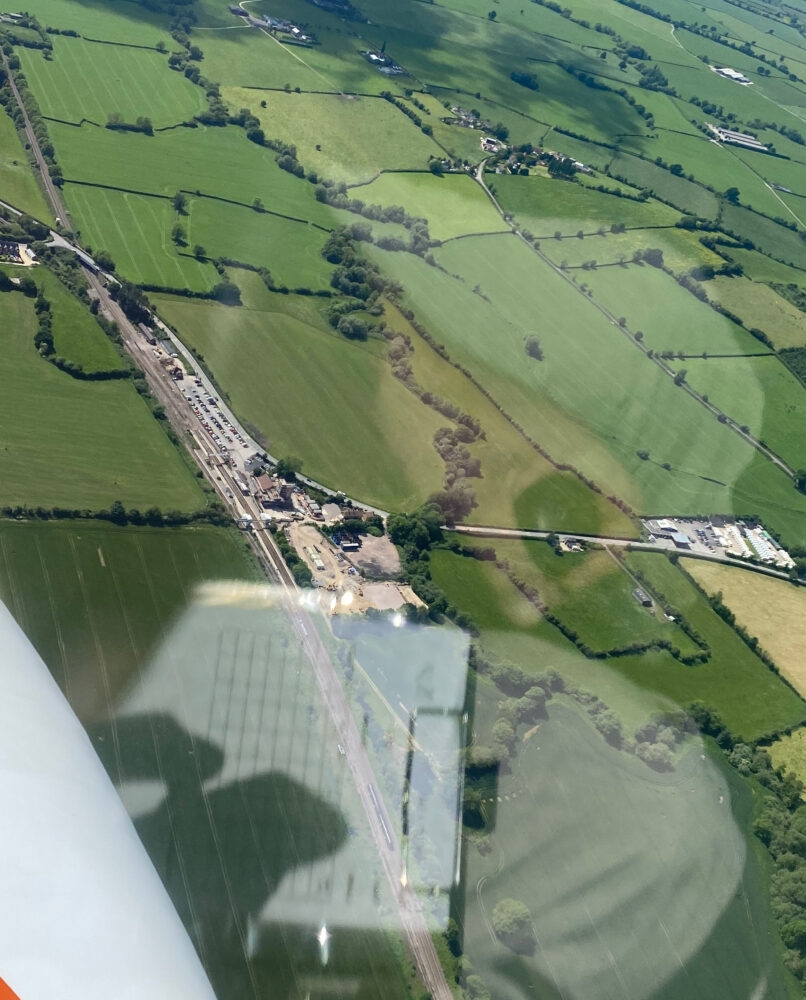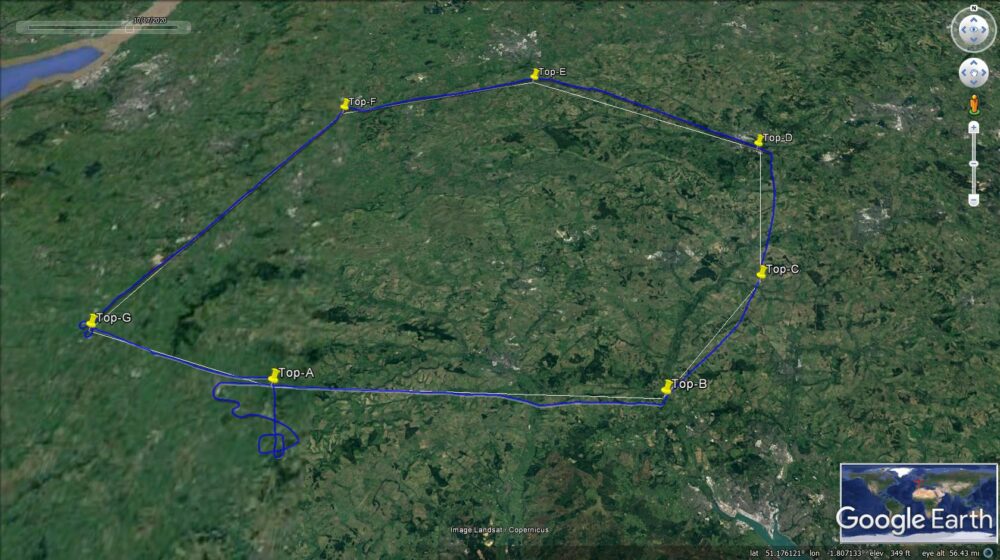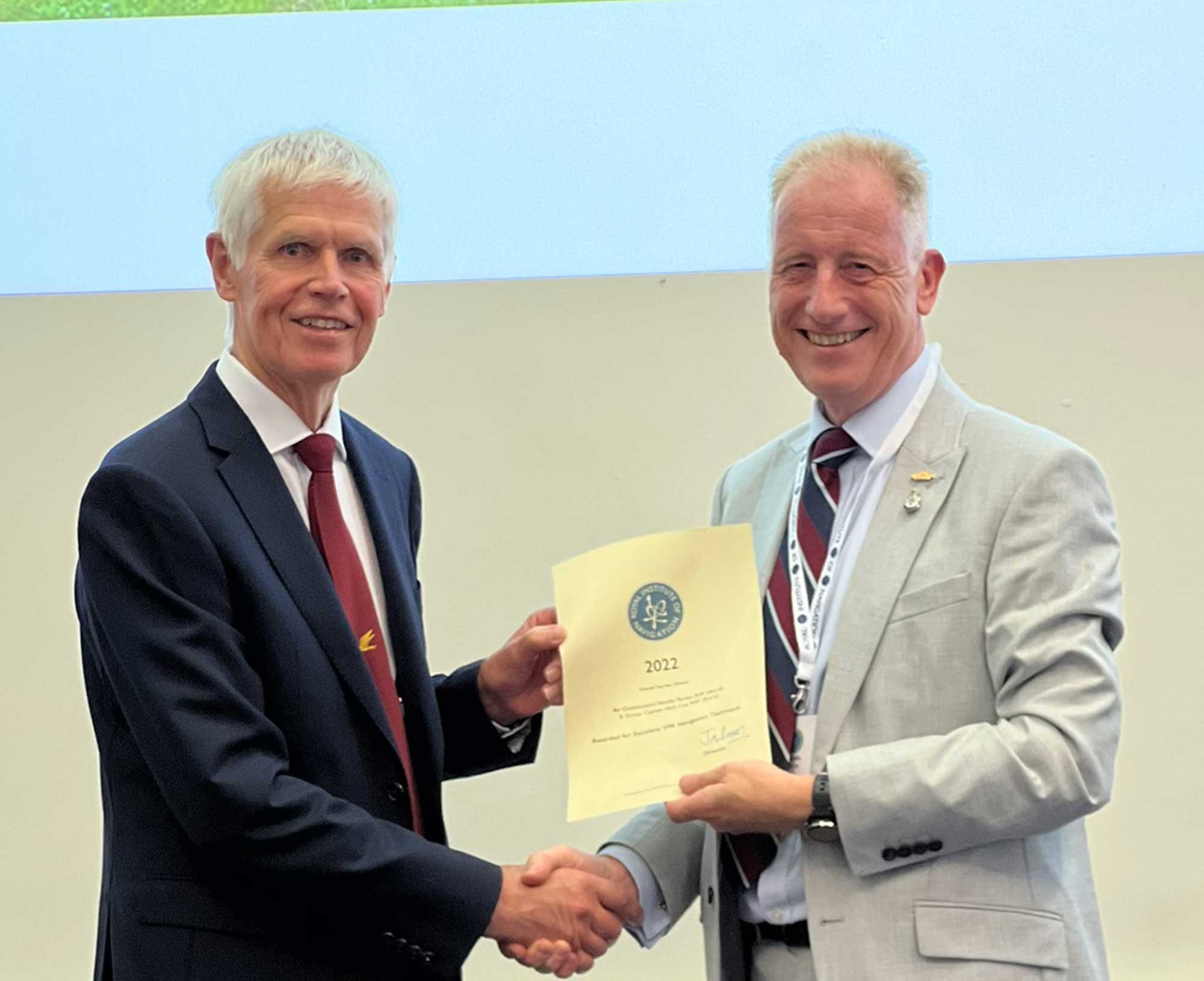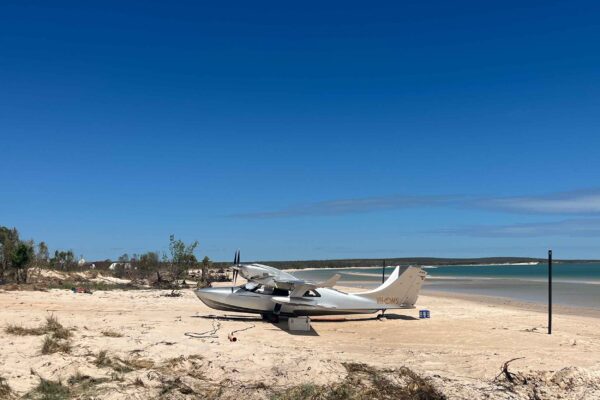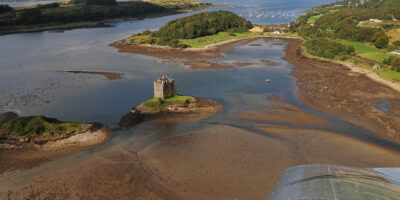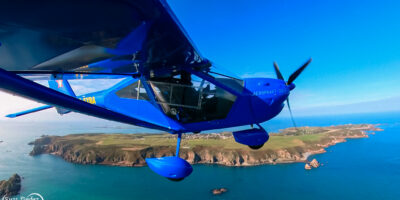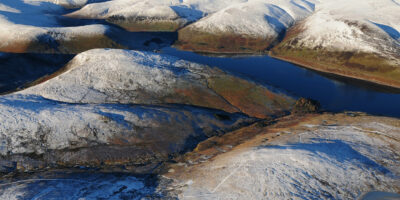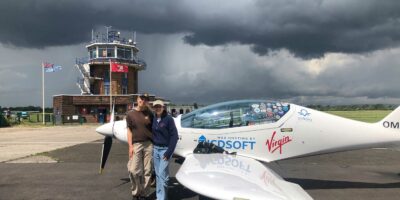The competition requires a two-person crew, so I also needed to find someone who was willing to fly with me and share the planning and navigation activities. They also needed to have a good sense of humour, as I was aware that my skills were somewhat rusty so it needed to be someone who wouldn’t take things too seriously!
Luckily, I had just the right candidate in mind – Nick Cox, an old friend and engineering colleague from my RAF days – who had flown with me on a number of occasions before. Having approached him, we agreed that the competition dates at Compton Abbas worked well for us, and I completed the competition paperwork. We both read through the briefing material, and agreed that irrespective of how we performed, it would be a great learning opportunity.
We flew down on the appointed day to meet our briefer for the day who turned out to be another old RAF colleague, Graham Purchase. A comprehensive brief was provided, and Nick and I then settled down to start our planning.
Once Graham had checked to ensure that we had correctly identified the turning points on the map (a brand new 1:250,000 bought specially for the occasion), we started to plot out the route, and produce the competition log (like a normal PLOG but with a lot more detail). Then we ran through an abbreviated threats and error management check (Notam, obvious airspace and so on). We identified that there was a major gliding competition on, which would cut across two of our legs, so a good lookout would be imperative. Airspace would not be a problem unless we significantly overshot our first turning point – and we identified a good landmark to make sure we didn’t do that.
After take-off, it felt very odd to be departing the circuit without a GPS in sight, but Nick and I focused on finding the start point (a road/rail intersection), and then setting up to cross it on the right heading for the first leg. We did have a few issues with getting a photograph as Nick’s camera chose that moment to play up (the air in the cockpit was blue for a few minutes) but we then started our stopwatch and focused on the flight.
We had agreed that I would focus on holding the heading, altitude and speed steady via a ‘lookout-attitude-instruments’ work cycle, while Nick focused on navigation, timekeeping, additional lookout – and putting in-flight notes onto the competition log. It’s worth mentioning that we did have PilotAware working on audio only, and therefore Nick did the ‘first look’ in response to any traffic warnings.
The first leg was fairly straightforward, with the halfway checkpoint coming up on time, and the first turning point (junction of a disused railway line and road) identified without too much angst. Feeling slightly more confident, we turned onto the next heading and restarted the clock. This time it was clear that our ground speed was not as planned, and Nick therefore corrected our ETA – which was spot on the revised time as the next point (a major road junction) came into view.


